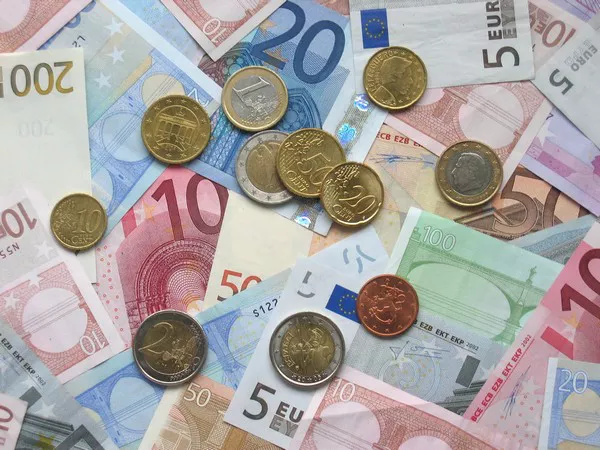The global currency markets have witnessed significant fluctuations in recent years, with one prominent trend being the decline of the euro against the US dollar. This article aims to explore the factors contributing to this depreciation and examine whether the downward trajectory of the euro will continue against the dollar in the foreseeable future. Through a comprehensive analysis of economic indicators, geopolitical considerations, and monetary policies, we can gain insights into the potential path of the euro-dollar exchange rate.
1. Historical Performance of the Euro-Dollar Exchange Rate:
To comprehend the current situation, it is crucial to review the historical performance of the euro against the US dollar. Over the past decade, the euro has experienced periods of both strength and weakness relative to the dollar. Factors such as economic growth differentials, interest rate differentials, political uncertainty, and global trade dynamics have influenced these trends.
2. Economic Indicators:
GDP Growth: Economic growth plays a pivotal role in determining the value of a currency. The eurozone’s GDP growth has faced challenges due to sluggishness in key economies like Germany and Italy. Meanwhile, the United States has exhibited stronger economic performance, partly fueled by fiscal stimulus measures. These divergent growth trajectories have placed downward pressure on the euro.
Inflation: Persistent low inflation in the Eurozone has hampered the European Central Bank’s (ECB) ability to normalize monetary policy. In contrast, the Federal Reserve in the United States has embarked on a tightening path, which has attracted investors seeking higher returns. This divergence in inflationary pressures has contributed to the euro’s weakness.
3. Geopolitical Considerations:
Political Uncertainty: The ongoing political uncertainties in the Eurozone, highlighted by issues such as Brexit, tensions within the European Union (EU), and the rise of populist movements, have eroded investor confidence. In contrast, the United States has experienced relative political stability, further bolstering the dollar’s appeal.
Trade Dynamics: Trade imbalances between the Eurozone and the United States have also played a role in the euro’s decline. The Trump administration’s protectionist policies, including imposing tariffs on European goods, have disrupted trade flows. Moreover, the EU’s struggles to reach comprehensive trade agreements have hindered its economic prospects, impacting the euro’s performance.
4. Monetary Policy Outlook:
European Central Bank (ECB): The ECB has pursued accommodative monetary policies to stimulate growth and combat deflationary pressures. As long as inflation remains below the desired target, the ECB is likely to maintain its expansionary stance, which could continue to weigh on the euro.
Federal Reserve (Fed): The Federal Reserve has adopted a more hawkish approach, signaling its intent to gradually tighten monetary policy. This divergence in central bank policies has attracted investors to the US dollar, potentially prolonging the euro’s depreciation.
5. Future Prospects:
Despite the aforementioned challenges, it is essential to consider potential factors that could reverse or mitigate the euro’s decline against the dollar:
Policy Reforms: Structural reforms within the Eurozone, including measures to enhance productivity, labor market flexibility, and fiscal discipline, could improve investor sentiment and aid in the recovery of the euro.
Geopolitical Developments: Resolutions to political uncertainties, such as Brexit negotiations or the mitigation of tensions within the EU, could alleviate concerns surrounding the euro’s future performance.
Economic Recovery: If the Eurozone witnesses a robust economic recovery, supported by increased investment, higher consumer spending, and improved business confidence, it could strengthen the euro against the dollar.
Conclusion:
While predicting the exact future trajectory of any currency exchange rate is fraught with uncertainty, considering the prevailing economic indicators, geopolitical dynamics, and monetary policy outlook provides valuable insights into the potential path of the euro against the dollar. The euro’s decline against the dollar is influenced by a complex interplay of factors, including economic performance, political stability, trade dynamics, and central bank policies. However, policy reforms, geopolitical developments, and a robust economic recovery within the Eurozone could potentially reverse or mitigate the current depreciation trend. As with any financial analysis, investors and policymakers should exercise caution and conduct ongoing assessments to adapt their strategies accordingly.


